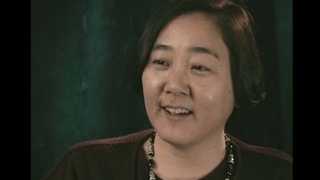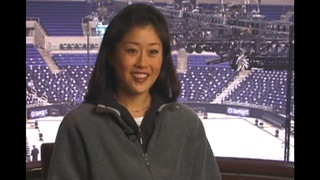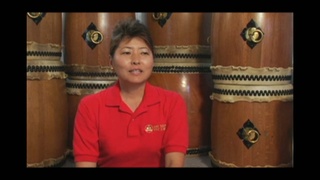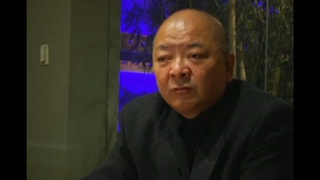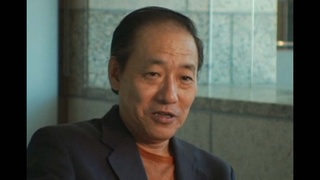Interviews
Life upon arrival (Japanese)
(Japanese) I was in my third year at college when first I came to America. At the Haneda airport my classmates wrote messages on Japan’s national flag and called out banzai for me. I got here and had a hard time finding a job. It was just around the time when Apollo 13 landed on the moon. I was walking down the Olympic Boulevard and heard a car honk, telling the mission had been accomplished. As for me, I was jobless and was thinking, people would laugh at me if I went back to Japan now. There were times when I was shaking and kept asking myself, What do I do? What do I do? as I was eating bread in a park. Luckily, I was able to get a job when I was in school. I washed dishes at the House of Pancake, a place run by a Nikkei named Kuwada-san. I was able to settle a bit there.
Date: August 4, 2015
Location: California, US
Interviewer: Mitsue Watanabe
Contributed by: Watase Media Arts Center, Japanese American National Museum

